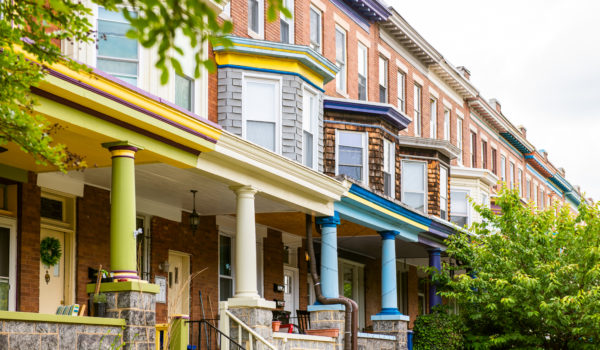Proposed Tax Bill Could Be a Game-Changer for Affordable Housing Nationwide by Increasing LIHTC Pools and Reducing Bond Financing Thresholds
A new bipartisan tax bill currently known as “The Tax Relief for American Families and Workers Act of 2024” (the “Bill”) could greatly impact the production and preservation of affordable housing across the country. The Bill, proposed jointly by the House Ways and Means Committee and the Senate Finance Committee, would, among other things, lower the tax-exempt bond financing threshold for multifamily bond-financed developments utilizing 4% Low Income Housing Tax Credits (LIHTC) and increase the cap on annual allocations of 9% LIHTC.
The Bill would increase each state’s allocation of 9% LIHTC by 12.5% for calendar years 2023, 2024 and 2025, with states being permitted to carryover the 2023 increase to allocations made in calendar year 2024. The Bill makes no other program changes to 9% LIHTCs.
Under the current law for 4% LIHTC transactions, at least 50% of the aggregate basis of a bond-financed project (including the value of the land plus eligible costs associated with developing the buildings) must be financed by the proceeds of tax-exempt bonds to qualify for the full amount of the project’s eligible credits. If enacted, the Bill would lower this threshold to require that only 30% of such aggregate basis be funded by the proceeds of tax-exempt bonds to qualify for the 4% LIHTC. This lower threshold would be in effect for projects placed in service after December 31, 2023, and funded by the proceeds of bonds issued prior to 2026. This new rule would also apply to projects that have already been partially financed prior to December 31, 2023, so long as they are placed in service after December 31, 2023, and at least 5% of their aggregate basis is financed with tax-exempt bonds issued during calendar years 2024 or 2025.
Lowering the bond-financed threshold could lead to the production of more affordable housing developments by freeing up tax-exempt bond volume cap to finance additional housing developments since each state has a limited amount of tax-exempt bonds that it can issue each year based on its population. By lowering the amount of tax-exempt bond financing required for an individual project to qualify for 4% LIHTCs, a state’s volume cap can stretch further to fund significantly more projects. Novogradac estimated that the Bill, including the tax-exempt bond threshold and a separate provision related to the 9% LIHTC would lead to the production of an additional 202,573 housing units nationwide for low-income families between 2024-2025, and would particularly benefit affordable housing production in Indiana, Kentucky, Tennessee and Texas where volume cap is currently limited.
If tax-exempt bonds were to go from funding 50% to 30% of a project’s capital stack and bond investors or issuers are not interested in taxable bond financing, then developers might need to obtain new or additional sources of conventional financing or soft funds to fill the gap. Since the lower threshold would apply to projects for which tax-exempt bonds are issued before 2026, there may be increased demand for developers seeking tax-exempt bonds in the next two years.
On January 19, the House Ways and Means Committee marked up and approved The Tax Relief for American Families and Workers Act by a wide margin of 40 – 3. Check back in for periodic updates on our Multifamily Matters Blog as the Bill progresses through Congress.
Frost Brown Todd counsels investors, developers and other key stakeholders on affordable housing transactions in states across the country. We stay at the forefront of all legislative efforts affecting the industry, and we are ready to assist clients with navigating the changing legislative environment. For more information, please contact the authors or any attorney on Frost Brown Todd’s Multifamily Housing industry team.

